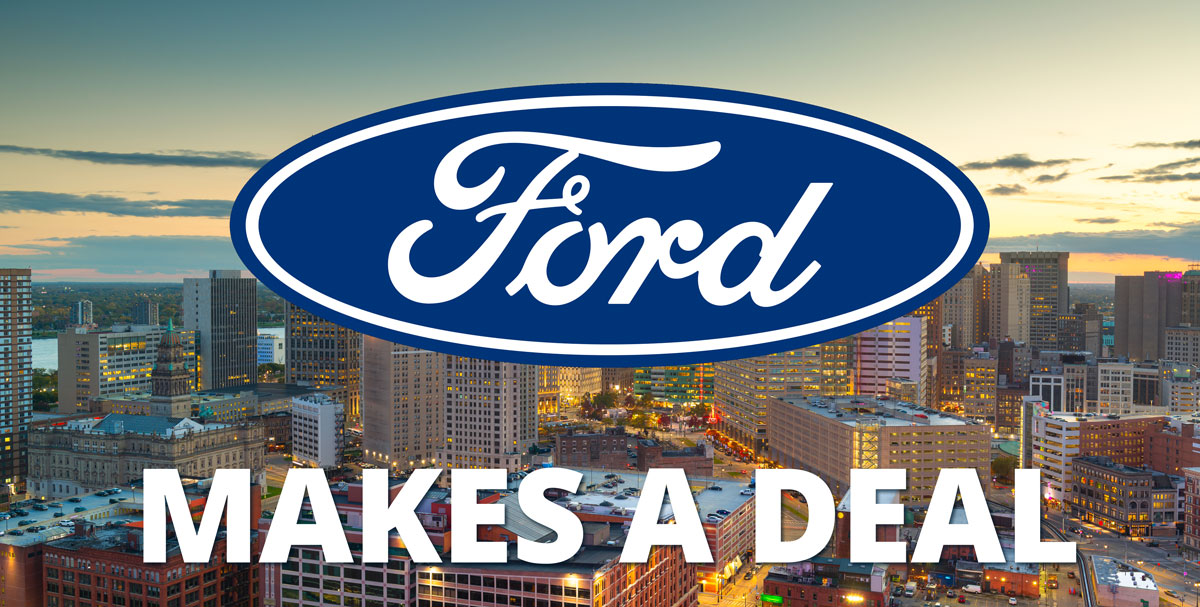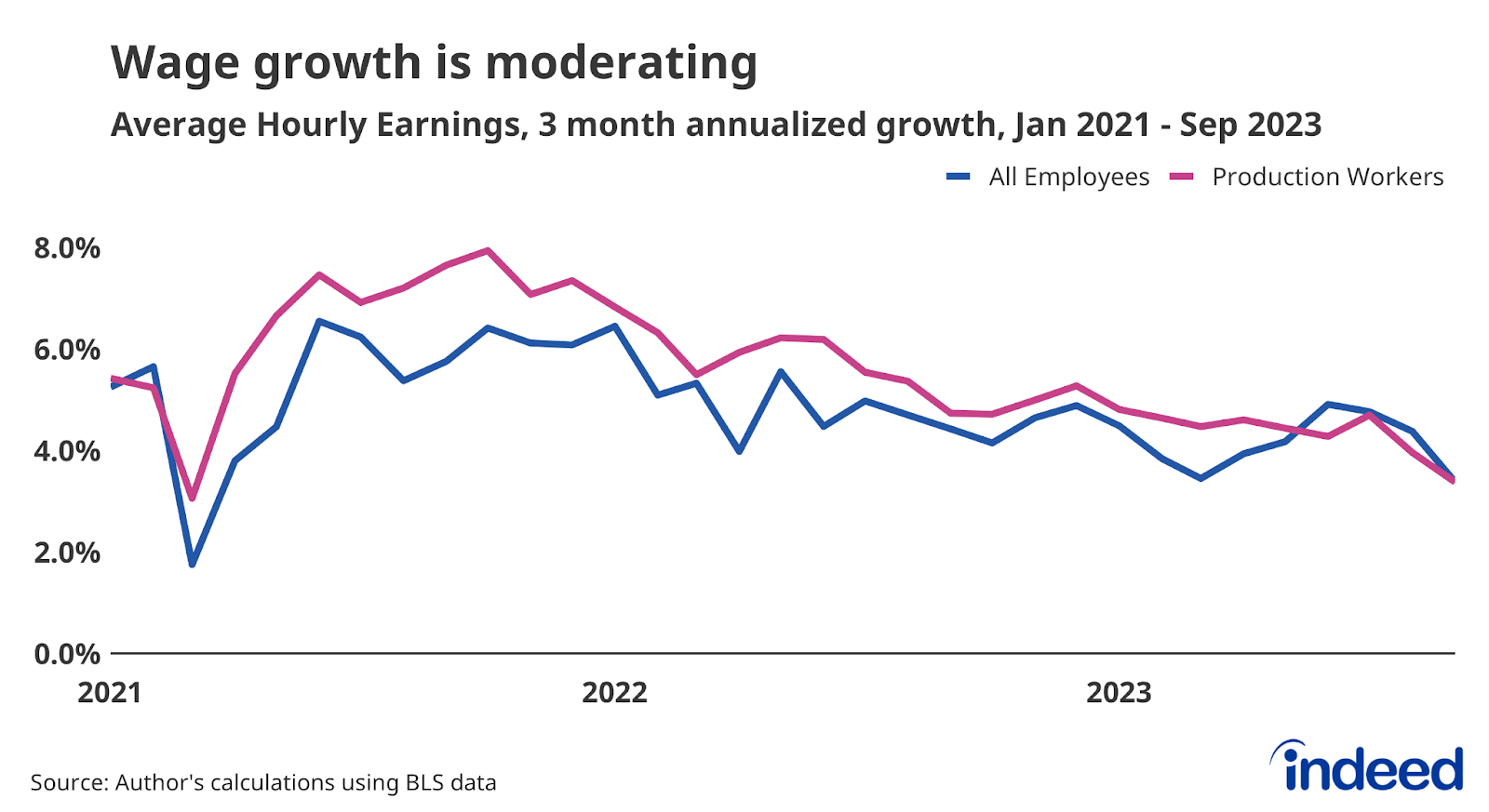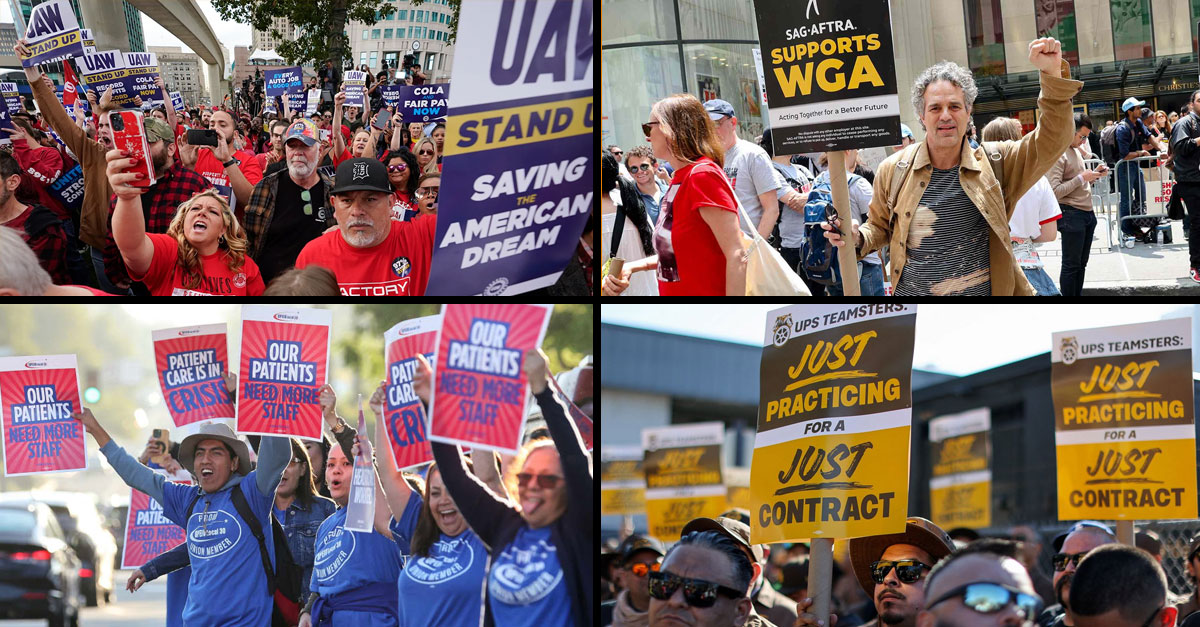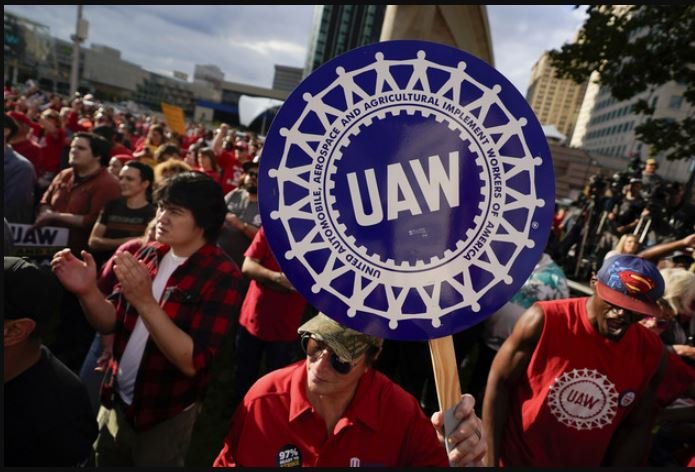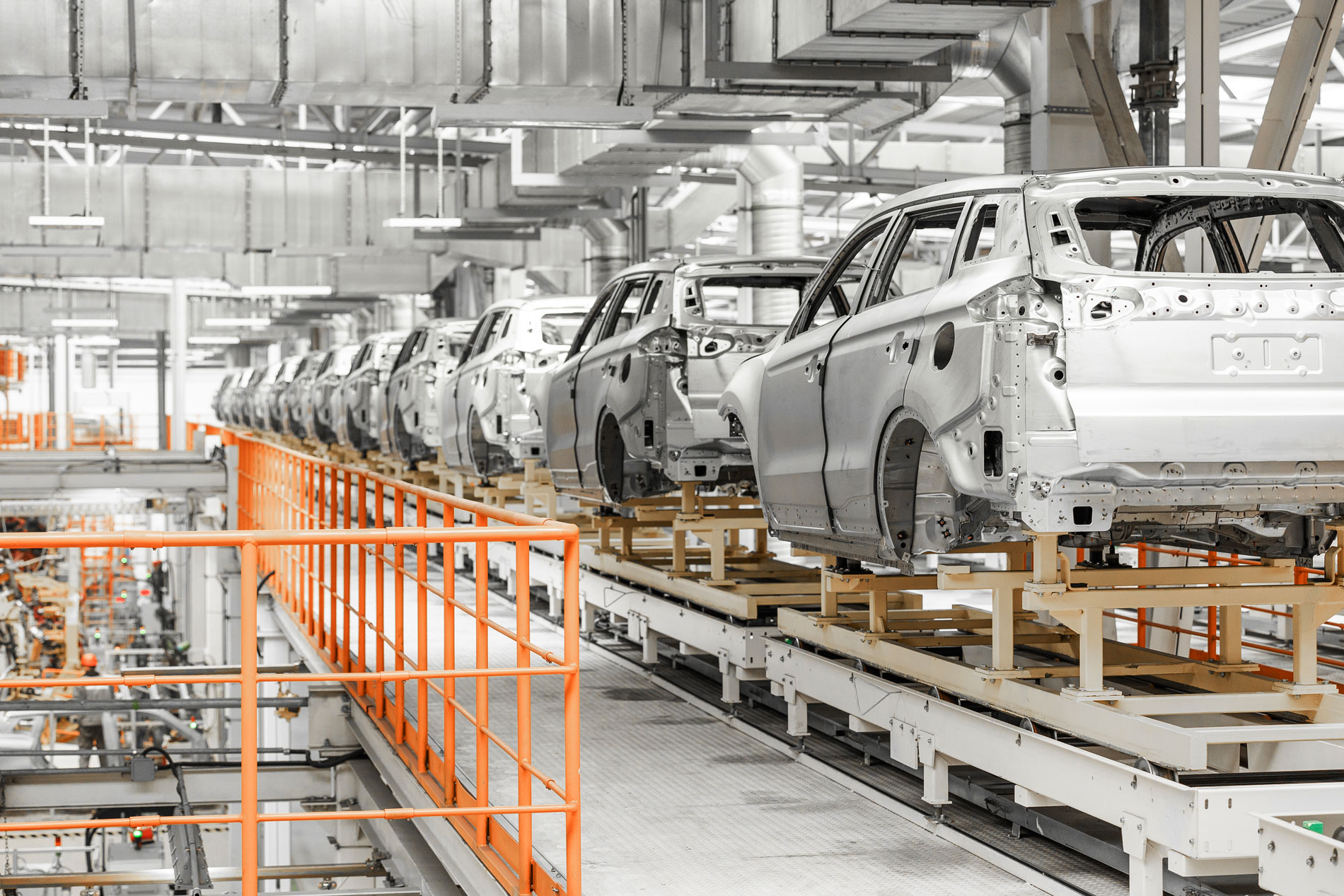In a game-changing move, the U.A.W. and Ford strike a groundbreaking four-year labor agreement. Amid rising industry tensions and demands for equitable pay, this deal signals a potential shift in auto industry labor relations. As the automotive world watches, what does this mean for giants like GM and Stellantis? Dive in to discover the full implications.
Continue readingResilient Labor Force in Changing Times: An Opportunity for Employers
As wages stabilize, employers should take note that labor negotiations and their impact are actually presenting a golden opportunity to increase their labor force.
Continue readingLabor’s Leverage: Workers Have Started Something
Ford Pauses Marshall EV Plant: Six Signs It’s Only Temporary
Ford’s $3.5 billion EV battery plant in Marshall faces uncertainty amid the UAW strike. Despite the recently announced pause, Michigan’s manufacturing industry remains resilient, boasting a skilled workforce, innovation, and a commitment to securing its place in the electric vehicle revolution. Confidence in the state’s future endures.
Continue readingUAW Strike: An Ace up the Big 3’s Sleeve
What ace does the Big 3 have up their sleeve to leverage their negotiations? Read our blog to see a quiet threat to Michigan’s economy that could play into the strike.
Continue readingSummary: Michigan Economic Outlook 2023-2025
The University of Michigan Economics Department recently published an outlook on the economic state of Michigan. This quick read summary highlight the key points.
Continue readingSix Consequences of the UAW Strike
From the historic Flint Sit-Down Strike of 1936 to the recent 2019 showdown with General Motors, explore the legacy of UAW strikes and discover how today’s strikes are shaping the future of labor relations amid the electric vehicle revolution.
Continue readingBracing for a UAW Strike: How Long Will It Last?
The United Auto Workers are poised to strike on September 14th. What would the fallout be from a 50 day strike? How can manufacturers recover quickly? Our new report lays out some hints from the last strike.
Continue readingDropped from Michigan Medicaid? Here’s How to Get Coverage Back:
This summer, 80,500 Michigan residents lost Medicaid coverage due to a national initiative mandating re-enrollment. If not addressed, many could remain uninsured.
Continue readingMichigan: The EV Battery Capital of the World
Michigan is poised to be the global leader in EV battery development and production over the next two decades. See our list of areas where you can level-up your skillset to be ready for these jobs of the future.
Continue reading